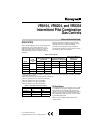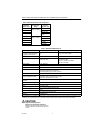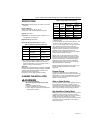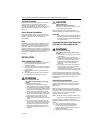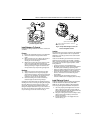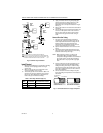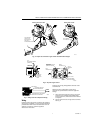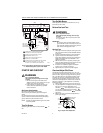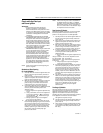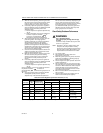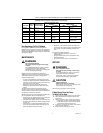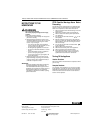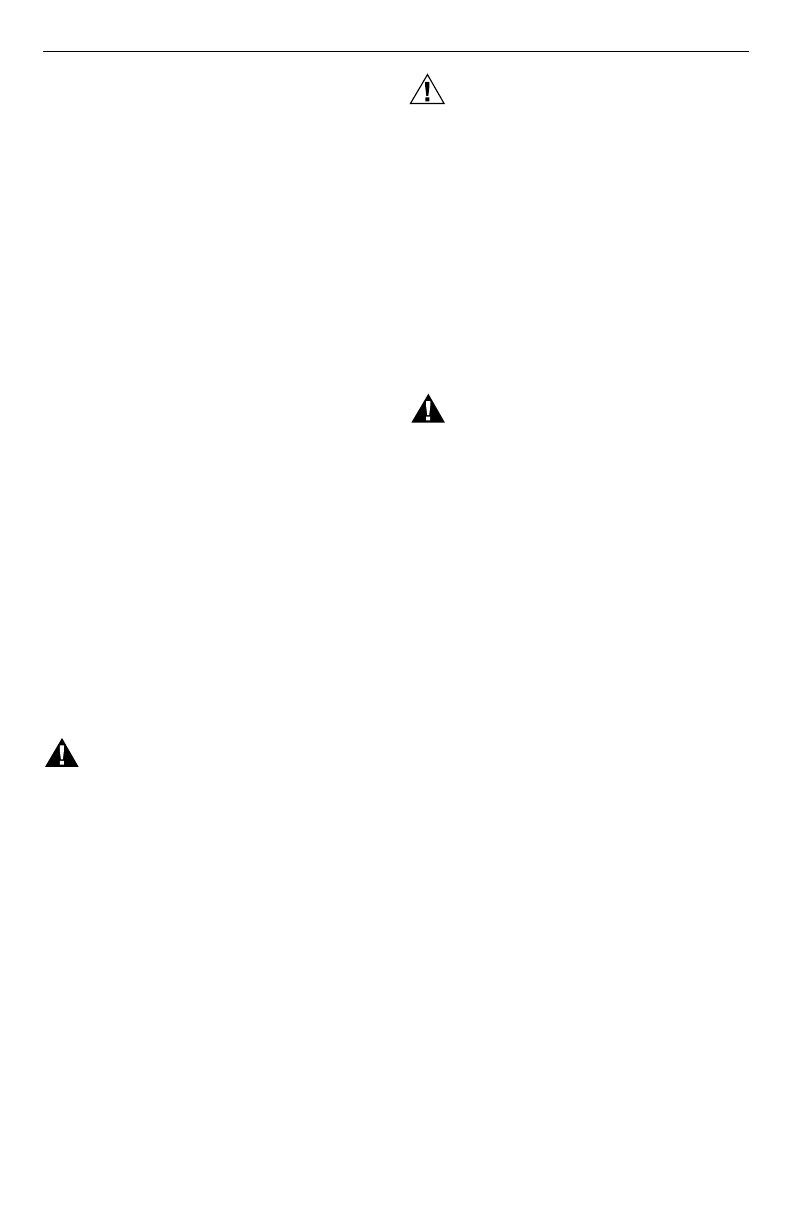
VR8104, VR8204 AND VR8304 INTERMITTENT PILOT COMBINATION GAS CONTROLS
69-1225—4 4
Corrosive Chemicals
Corrosive chemicals can attack the control, eventually
causing a failure. If chemicals are used for routine
cleaning, avoid contact with the control. Where
chemicals are suspended in air, as in some industrial or
agricultural applications, protect the control with an
enclosure.
Dust or Grease Accumulation
Heavy accumulations of dust or grease can cause the
control to malfunction. Where dust or grease can be a
problem, provide covers for the control to limit
contamination.
Heat
Excessively high temperatures can damage the control.
Make sure the maximum ambient temperature at the
control does not exceed the rating of the control. If the
appliance operates at very high temperatures, use
insulation, shielding, and air circulation, as necessary, to
protect the control. Proper insulation or shielding should
be provided by the appliance manufacturer; verify proper
air circulation is maintained when the appliance is
installed.
INSTALLATION
When Installing this Product...
1.
Read these instructions carefully. Failure to follow
them could damage the product or cause a
hazardous condition.
2.
Check the ratings given in the instructions and on
the product to make sure the product is suitable for
your application.
3.
Installer must be a trained, experienced service
technician.
4.
After installation is complete, check out product
operation as provided in these instructions.
WARNING
Fire or Explosion Hazard.
Can cause property damage, severe injury
or death.
Follow these warnings exactly:
1. Disconnect power supply before wiring to
prevent electrical shock or equipment damage.
2. To avoid dangerous accumulation of fuel gas,
turn off the gas supply at the appliance service
valve before starting installation, and perform
Gas Leak Test after installation is complete.
3. Do not bend pilot tubing at gas control or pilot
burner after compression fitting is tightened, or
gas leakage at the connection can result.
4. Always install a sediment trap in the gas
supply line to prevent contamination of the gas
control.
5. Do not force the gas control knob. Use only
your hand to turn the gas control knob. Never
use any tools. If the gas control knob will not
operate by hand, the gas control should be
replaced by a qualified service technician.
Force or attempted repair may result in fire or
explosion.
CAUTION
Equipment Damage.
Can burn out valve coil terminals.
Never apply a jumper across (or short) the valve
coil terminals, even temporarily.
Follow the appliance manufacturers instructions if
available; otherwise, use these instructions as a guide.
IMPORTANT
These gas controls are shipped with protective
seals over the inlet and outlet tappings. Do not
remove the seals until ready to install adapters
or connect the piping.
Converting Gas Control from Natural Gas
to LP Gas (or LP Gas to Natural Gas)
WARNING
Fire Or Explosion Hazard.
Can cause property damage, severe injury
or death.
1. Do not attempt to convert step-opening models
(suffix letter P).
2. Always change the main and pilot burner
orifices when converting from natural to LP gas
or from LP to natural gas. Carefully follow
appliance manufacturer specifications and
instructions to assure proper appliance
conversion.
3. Gas controls are factory-set for natural (and
manufactured) or LP gas. Do not attempt to
use a gas control set for natural
(manufactured) gas on LP gas, or a gas control
set for LP gas on natural (manufactured) gas.
Controls with standard, slow-opening, and two-stage
regulators (model numbers with suffix H, K, M, or Q) can
be converted from one gas to the other with a conversion
kit (ordered separately). See Table 4 for the correct
conversion kit.
Convertible Pressure Regulators
Controls with suffix letter R are convertible pressure
regulator models. They can be converted from natural
gas to LP gas or from LP gas to natural gas without a
conversion kit.
Before converting the control from one gas to another,
check the control label and the appliance manufacturer’s
rating plate to determine if the pressure regulator setting
(factory set) will meet the appliance manifold
requirements after conversion.
NOTE: Convertible pressure regulator models (suffix
letter R) do not have field-adjustable regulators.
If the factory pressure regulator setting meets the
appliance manifold requirement, convert the control as
follows:
1.
Remove the pressure regulator cap, Fig. 1.
2.
Invert the cap so that the letters appear that
represent the gas type appropriate for the
appliance. NAT for natural manufactured gas, LP
for liquid petroleum gas.
3.
Replace the cap and tighten firmly.



